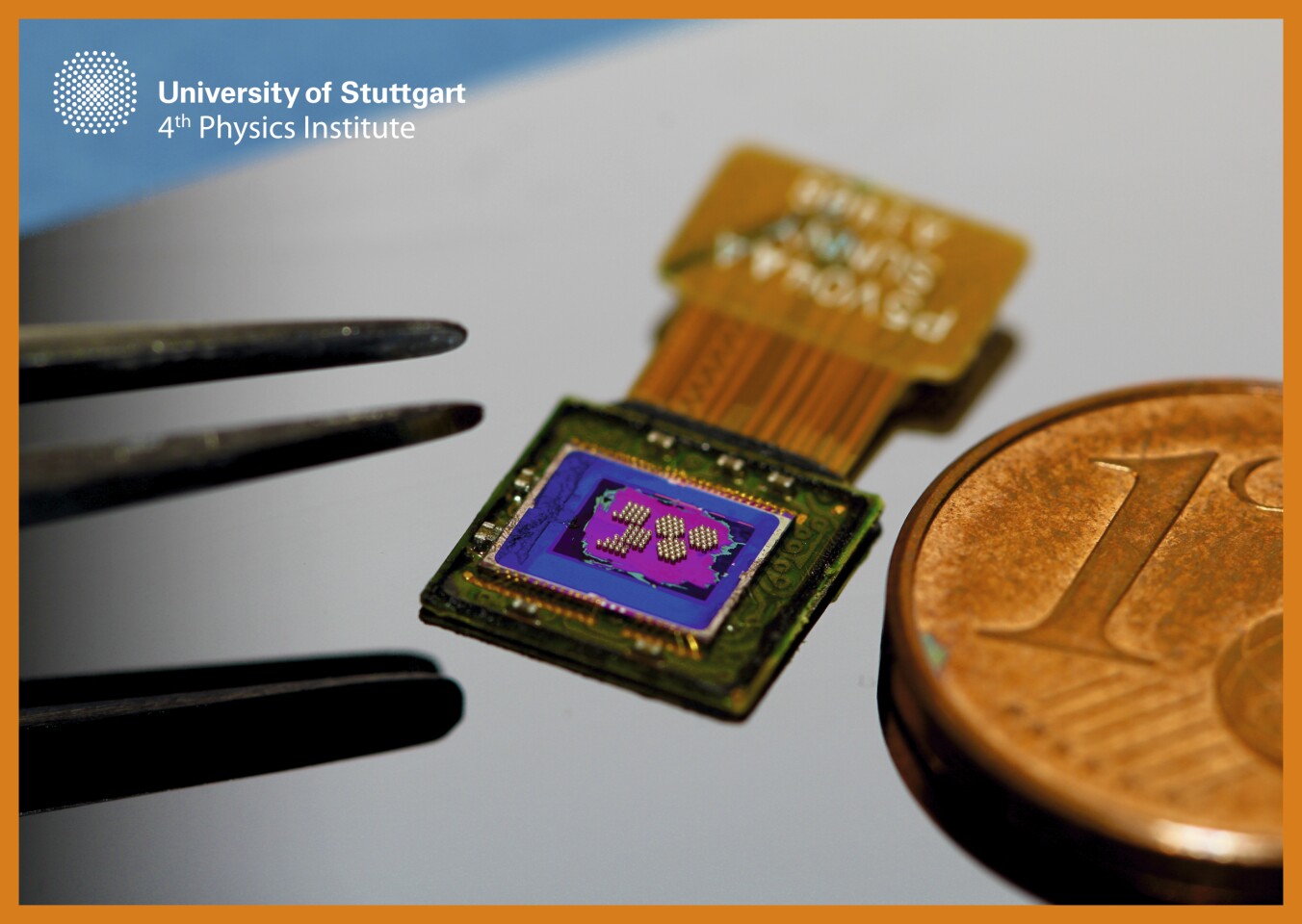Getting inside the human body to have a look around is always going to be invasive, but that doesn't mean more can't be done to make things a little more comfortable. With this goal in mind, German researchers have developed a complex lens system no bigger than a grain of salt that fits inside a syringe. The imaging tool could make for not just more productive medical imaging, but tiny cameras for everything from drones to slimmer smartphones.
Scientists from the University of Stuttgart built their three-lens camera using a new 3D printing technique. They say their new approach offers sub-micrometer accuracy that makes it possible to 3D print optical lens systems with two or more lenses for the first time. Their resulting multi-lens system opens up the possibility of correcting for aberration (where a lens cannot bring all wavelengths of color to the same focal plane), which could enable higher image quality from smaller devices.
Here's how they did it. Using a femtosecond laser, where the pulse durations were shorter than 100 femtoseconds (a femtosecond is one quadrillionth of a second), they blasted a light-sensitive material resting on a glass substrate. Two photons are absorbed by the material, which exposes it and crosslinks polymers within. Unexposed material is then washed away with a solvent, leaving behind the hardened, crosslinked polymer used to form the optical element.
The team used this approach to print imaging components for optical microscopes with a diameter and height of 125 micrometers, and then attached them to the end of a 5.6-ft (1.7-m) optical fiber the width of two human hairs. The camera on the end of this small endoscope is capable of focusing on images from a distance of 3 mm (0.12 in). The team says the entire imaging system fits comfortably inside a standard syringe needle, which raises the possibility of delivering it to directly to organs, and even the brain.

To demonstrate wider applications of the lens, the researchers also printed it onto a CMOS image chip to create a tiny sensor. They say that the manufacturing method is rapid and the approach could translate to camera drones no bigger than bees, along with smaller sensors for autonomous cars, robots, the human body and of course, smartphones.
"The time from the idea, the optics design, a CAD model, to the finished, 3D-printed micro-objectives is going to be less than a day," says Professor Harald Giessen, from the University of Stuttgart's 4th Physics Institute. "We are going to open potentials just like computer-aided design and computer-integrated manufacturing did in mechanical engineering a few years ago."
The research was published in the journal Nature Photonics.
Source: University of Stuttgart via Phys.org









